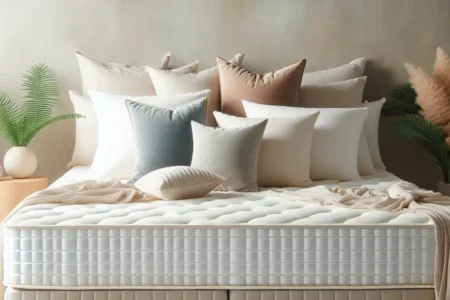izolacji pod deskami tarasowymi można uniknąć powstawania wilgoci i pleśni, co wpływa na długotrwałą trwałość tarasu. Artykuł omawia różne materiały izolacyjne, takie jak membrany izolacyjne, folie aluminiowe i płyny hydroizolacyjne, które zapewniają skuteczną ochronę przed wilgocią. Wskazuje również na konieczność prawidłowego wykonania izolacji, szczelnego uszczelnienia połączeń i zabezpieczenia miejsc najbardziej narażonych na wilgoć. Artykuł zawiera także link do dalszych praktycznych wskazówek dotyczących izolacji pod deskami tarasowymi. Zachęca on do zapoznania się ze szczegółowymi informacjami na temat rozwiązań izolacyjnych, co może w znaczący sposób wpłynąć na trwałość i estetykę tarasu.









